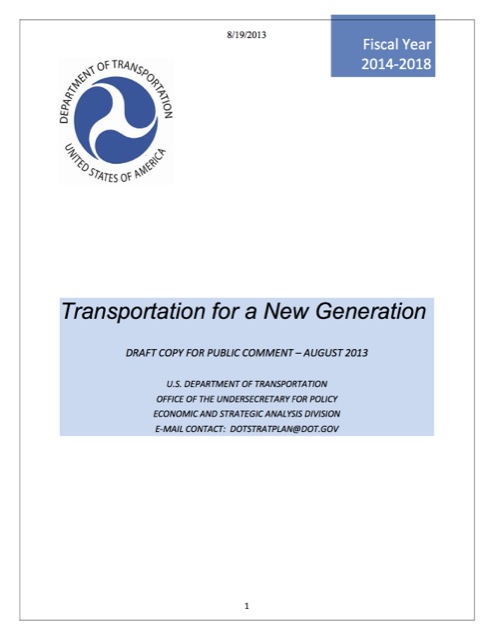The Antiplanner hasn’t yet read all of the Department of Transportation’s strategic plan yet, but I’ve read the livable communities chapter. Though heavily footnoted, it is based on numerous minor and two major fallacies.
Among the many minor fallacies, the plan blames obesity on the lack of sidewalks forcing parents to give their children rides to work instead of letting them walk. This unquestioned assumption is not supported by reality.








